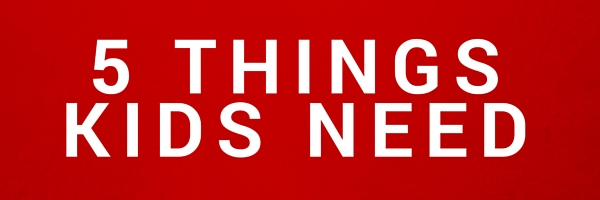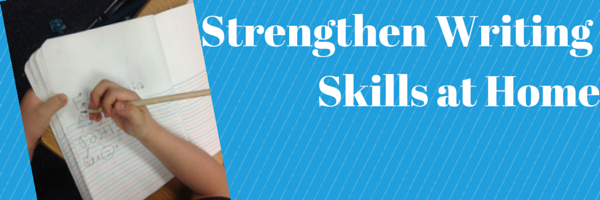6 Tips to Help Struggling ReadersReading is a significant building block for a child’s education. Some children pick up the skills and take off, while some students struggle day after day. We can’t decide to have our kids do other things instead of learn to read because it is hard, so we have to keep working.
Parents must join teachers in the task of helping struggling readers. The struggle becomes the parents as well. Jump into the challenge with your child. Let your mind creatively think about ways to help your child. Here are some ways to prime your creative mind: Engage the imagination. While your child reads or listens, encourage her to visualize the events in the story, creating a picture or movie in her mind. After a few pages, ask her to describe it. Show how books are organized. Textbooks are often structured in a way that highlights and summarizes important material. Show your child how paying attention to captions, charts, section headings, and sample study questions can organize his thinking and provide valuable facts. When your child reads fiction, train him to look for the five W's: Who are the main characters, where and when does the story take place, what conflicts do the characters face, and why do they act as they do. Although newspaper and magazine articles don't always contain a narrative, information about the five W's typically appears in the first paragraph or two. Show interest in what your child is reading. Ask her to tell you about the book or chapter she just finished. What was the main idea? Who was her favorite character? Why did she like or dislike the book? Did it remind her of other stories she's read or of experiences she has had? Encourage note-taking. Have your child keep a notepad or index cards nearby to jot down important information as he reads. Note-taking pushes a reader to make sense of the material, and the cards become terrific tools when studying for a test later on. Does your child learn best visually? Help him create a chart with boxes for the story's setting, characters' names, and major themes and events. Or show her how to make a mind map—a diagram that uses key words, colors, and symbols to represent ideas and information. Increase word power. The stronger your child's vocabulary, the better his comprehension—and the less frequently he'll put down a book to ask about a word. If you know that a passage contains unfamiliar words, define them—or have him look them up in a dictionary—before he begins to read. Build on background knowledge. It's easier to understand subject matter that you know something about. Help your child select reading materials that reflect his interests, and encourage him to bring his own experiences to his understanding of a book. Read More... |
|
We found
results for you
We've got nothin'!















